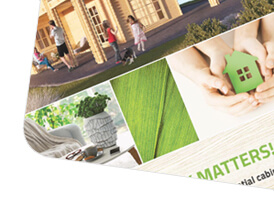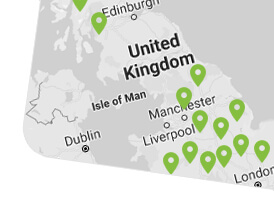Are you sure you want to perform this action?
Blog
-
Benefits of Having an Outdoor Sauna: Health & Well-being Explained
Stress can follow each of us throughout the year, whether it’s on sunny days in the spring or gloomy winter evenings. Finding permanent stress relievers may pose some challenges, especially if we’re talking about ones that can improve your health. If you’re looking to aid your nervous system and your body at the same time, one of the most effective ways to do that is by using an outdoor sauna. Whether after a workout or not, the benefits will still be palpable long after each sausa session. Get invigorated and relax into yourself whenever you desire by placing one of these structures on your land. A small investment with great value awaits! The seemingly unending benefits of private outdoor saunas There’s no reason why a new garden building has to be just anoth… (More) -
Insulated Garden Offices: Stylish, Warm & Functional Spaces
If you’re thinking about a garden office, you’re not alone – especially in the UK. Based on recent trends and our own experience, these buildings are optimal choices for households across the country. Functional, compact, and durable, they are often sought after for installation in backyards, beloved gardens, and other outdoor spaces to enhance the view. Of course, the versatility of our garden offices should not be overlooked – especially the size options, which make it easy to place them in most gardens without too much trouble. If that sounds like the ideal setup for you, continue reading below to see some of our favourites and learn more about what matters to us here at Quick-garden.co.uk. Why Is Wood a Great Choice for Your Garden Office? You’ll find… (More) -
Building a bespoke insulated residence in Breitungen, Germany
Warning: seeing Jan’s vision come to life might be particularly exciting! Especially since this bespoke log cabin - the altered JULIA - represents the work and careful planning the family did before and during construction. After all, DIY is no joke! Alas, we’ll dive into that later. Expect beautiful exterior and interior pictures, an inspiring story, and tips that will help you save on electricity costs! What made JULIA the top choice for the family There are two ways to order a bespoke model – alter a standard model from Quick-garden.co.uk or create a completely new design. In this case, Jan ordered JULIA, which was tweaked to fit his needs. When talking about the advantages of this particular structure, he stresses this: “I chose my model because it's a low-rise building; everythi… (More) -
Garden Beauty Room or Salon – a Compelling Home Business Idea
When it comes to our wooden garden rooms, throughout the years, we’ve seen them transform into so many extraordinary and highly functional spaces! Some of the more interesting ones are garden beauty rooms. Creating a peaceful beauty retreat in your own garden could be an excellent business opportunity, enabling you to offer a much more personalized, client-oriented space. Moreover, a garden beauty room is a convenient and much more affordable alternative to renting a regular salon space in the city. A chic garden salon – an enticing beauty business oasis Running a beauty business from home – in a nicely furnished garden salon – is a great opportunity, eliminating the costs of rent and thus increasing your profits. Home beauty studios have been a known concept f… (More) -
Log cabin ventilation: find out how to ventilate a log cabin properly
Log cabin buildings usually come with many advantages, including higher quality indoor air that their natural construction material provides. This is known to help with both physical and mental health, e.g. boost your productivity, help you truly relax and maintain your well-being, and so on. When it comes to making sure the air quality is good and the rooms in the log cabin do not get stuffy, there is some upkeep. A few tips would be to treat the wood every year (this is part of the warranty conditions too), not to put plants next to the walls of the log cabin, and make sure you have a good source of heating. However, this is just the start – and it isn’t enough. So, let’s get into it by looking at what problems may arise from poor log cabin ventilation and how they can… (More) -
Granny Annexe Planning Permission: Everything You Need To Know in 2025
The Natural Curiosity Surrounding Granny Annexes Granny annexes are quite versatile structures, making them not only great living space extensions, but also buildings that can stand on their own. The concept is pretty simple – having a spacious and practical structure that can serve many purposes, starting with a hobby space and ending with an insulated guest house. In the UK, trustworthy sources confirm the surge of interest for granny annex buildings: napc.uk cites a 39% increase in searches for these buildings based on the findings of The Valuation Office Agency. While the need is there, the supply is too, as you’ll see from the great selection of models on Quick-garden.co.uk. However, before you make your decision, let’s dive into the legal side for a bit, which c… (More) -
How Much Does a Garden Office Cost in the UK?
A garden office has many attractive features that could make your life easier, including extra space for work, fun, or storage. However, our assortment consists of more than just garden buildings – behold, aesthetically pleasing architecture, neat layouts, and plenty of handy customisation options. Of course, as enticing as a brand new garden building might seem, there are many things to consider before going ahead and purchasing one. Hopefully, this article will help you by providing an overview of the pricing and what the garden office cost depends on. How Should You Choose the Best Garden Office for Your Budget? Once you have defined a range for your future garden office’s cost that is comfortable for you, it’s time to evaluate which features and functionalities a… (More) -
Pineca’s Planning Permission Support for Your Hassle-Free Wooden House Experience
When it comes to building a house or any other wooden structure, selecting the architectural aspects or functional characteristics may bring so much excitement and joy! However, certain stages of the construction process might not seem so thrilling. Obtaining planning permission, in cases where it is strictly required, may be quite a hassle. And that’s where Quick-garden.co.uk brings decades of expertise with one mission in mind – to make this step as easy and hassle-free as possible for you. Is a planning permission required at all times? First of all, before proceeding with any further action, it is essential to clarify whether the planning permission will be required for your selected structure. In general, the wooden building must comply with numerous technical charac… (More) -
A cosy mountain hut with picturesque views from the hilltop in Southeast Styria, Austria
Our customers, the Familie Zehenthofer, were looking for a secondary house where virtually all life’s needs could be met. A couple whose kids have already grown up – decided that they wanted to create a leisure oasis with a fantastic view to spend quality time. Based on their happy reviews, the exceptional wooden house CLOCKHOUSE by Quick-garden.co.uk met their expectations to the fullest. An extraordinary location Located on a beautiful hill overlooking the picturesque surroundings of Styria, this gorgeous house is just 50 meters away from the couple’s main house, offering a convenient relaxation area for the couple to enjoy the space whenever they feel up to it. It truly has it all: a well-designed kitchen with all the equipment, a seating area with a table, a comf… (More) -
How long do log cabins last? Tried-and-tested tips
One of the most important things to know about log cabins is how long log cabins last, as they can endure decades of use. With proper maintenance and treatment, a log house could last for over a hundred years given the evidence of century-old log houses and wooden structures all over Europe, where the first log homes originated. Thus, if you’re thinking of a good investment that would last you for generations, take a closer look at the log cabin and how this simple and humble abode cheats years and nature. What Determines the Lifespan of a Log Cabin? External factors matter, just like maintenance. To understand how to increase the longevity of a log home, let’s look into the aspects that affect it the most. After all, if it has a residential purpose, you may want it to be… (More)





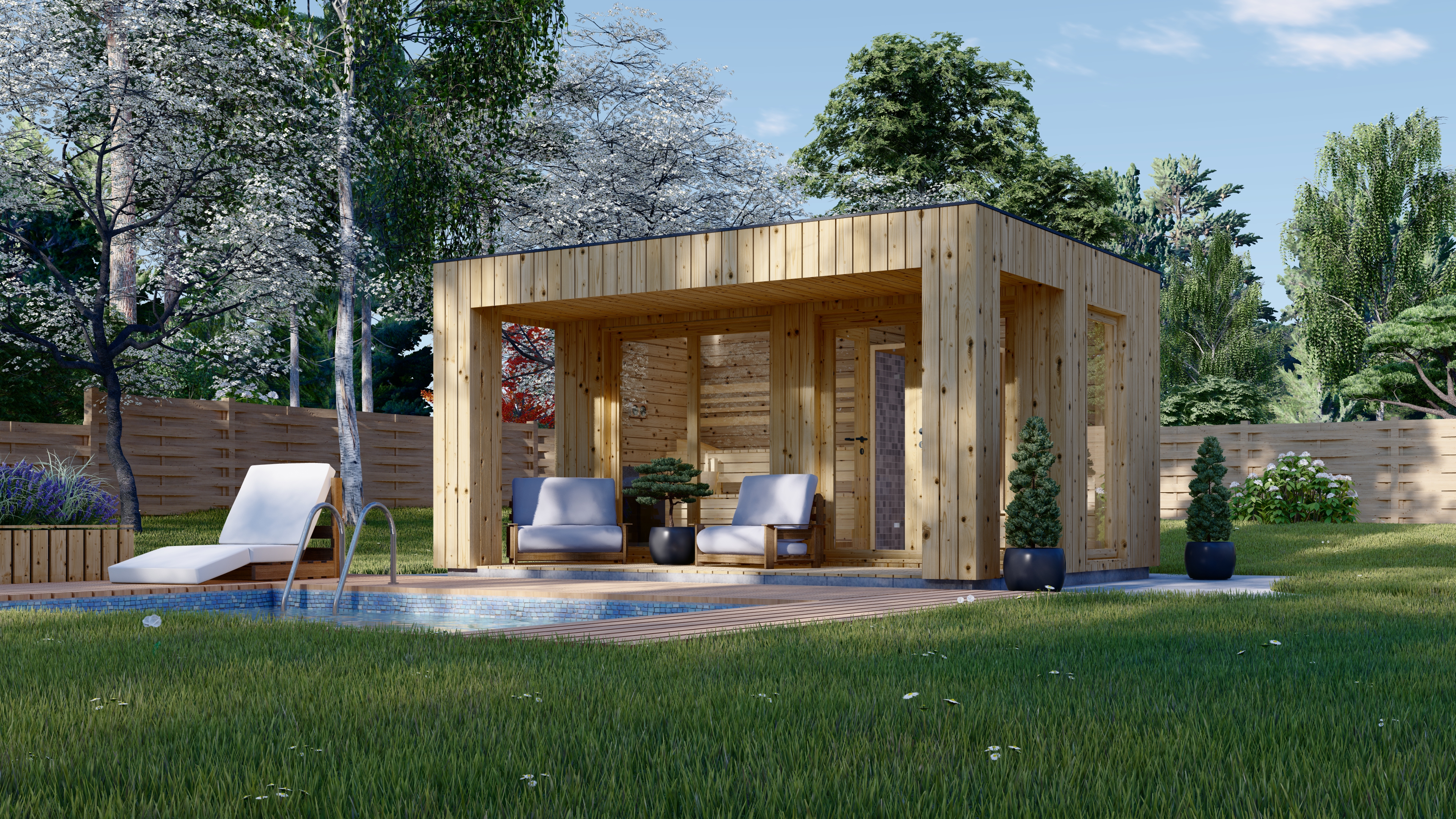
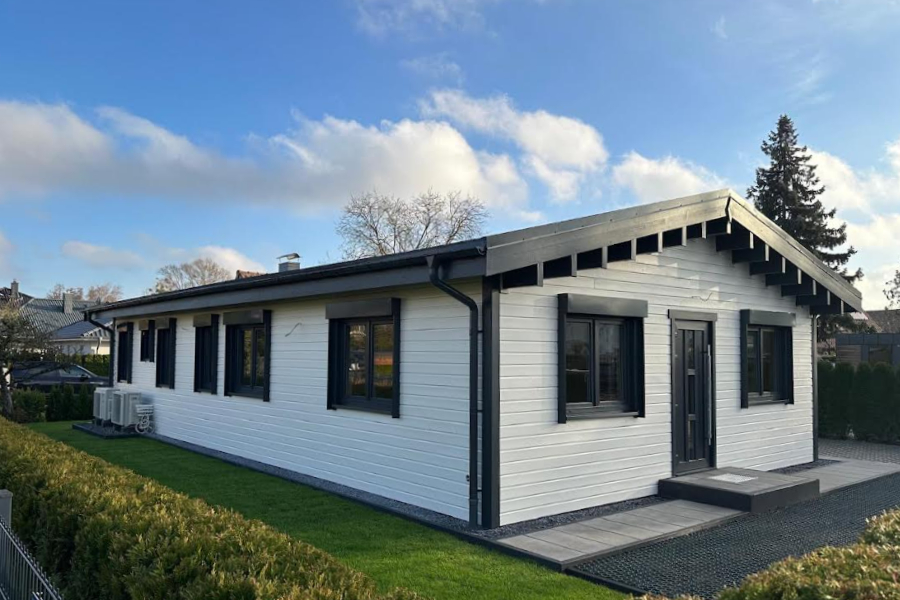
.jpg)
.jpg)

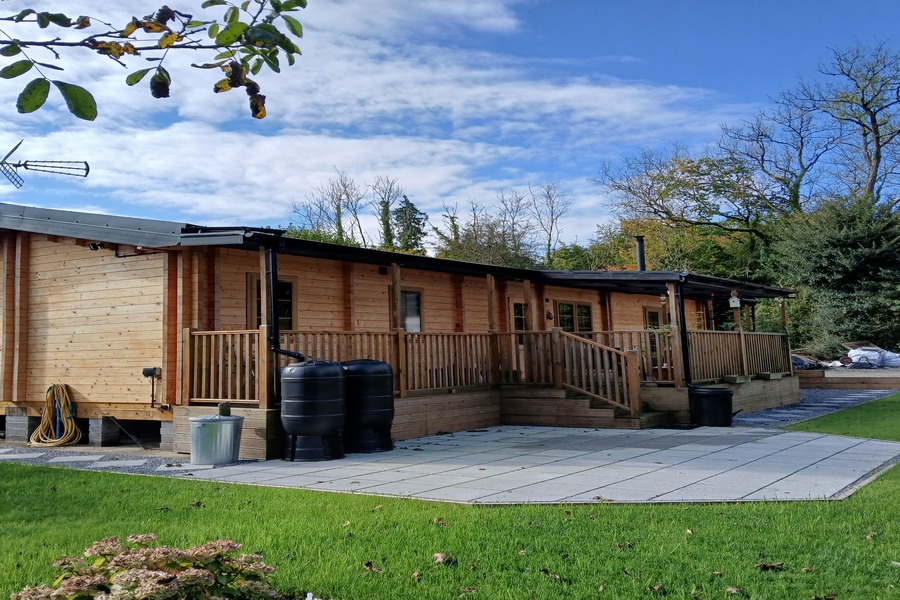

.jpg)
.jpg)
.jpg)

